|
3 Comments
The Honourable Grace Grace MP
Minister for Racing, Employment and Industrial Relations and Multicultural Affairs GPO Box 611 Brisbane Q 4001 Dear Ms Grace, Thank you for your letter of 16 March 2016 regarding my concern over the use of the whip in horse racing events. Members of our family have been involved in the horse racing industry. We know that jockeys are instructed that they can only whip the horse a certain number of times PRIOR to the 100m mark. After that stage, an all out beating is permitted and those beatings are encouraged and in fact ordered to occur. Jockeys are told that they will be fined if they do not whip the horse all the way to the post. They will face 'discipline' if they are an apprentice and that means fines. Trainers have made it very clear to the jockeys that they are to use the whip as often as they need to, in order to get that horse past the post first. Trainers instruct the jockeys that they need not worry about the fine as that will be deducted from the winnings. This is routine and regular practice. See the link below for an example from 2 April, 2016. https://www.justhorseracing.com.au/news/australian-racing/tommy-berry-suspended-fined-over-whip-use/322262 More: https://www.racenet.com.au/news/121706/Two-SA-jockeys-banned-for-whip-offences I understand you have been made aware of the study undertaken by the RSPCA on the effect of whipping a racehorse. If you have not been made aware of this study, please check this link: http://www.rspca.org.au/campaigns/whips-racing/study-whip-use-jockeys I have pasted some important details from the study below. If you have ever struck your body with a padded horse whip, you will see that it is not effective in preventing pain. It hurts! But the study shows that the whip does not encourage a horse to move any faster. If a person habitually beat a dog or cat or any other animal for no defensive reason at all, ie to prevent being bitten or scratched, such a person would be committing an offense and could face prosecution. Why is it that horses are 'allowed' to be regularly beaten? For the same reason that bulls are allowed to be tortured in bull-fights! Human entertainment and financial gain. The Australian Arabian Racing Association does not permit the use of the whip, except in a situation that might be life threatening. Please use your influence to completely prevent this abuse continuing to be 'legal' in the Thoroughbred Horse Racing Industry. Thank you Sherlene Turner www.HorseSenseAustralia.com RSPCA Investigation This study analyses race footage and highlights the unacceptable use of the whip in Thoroughbred racing as well as the inability of stewards to police the rules. Published in 2012 and conducted by veterinarian and Professor Paul McGreevy at the University of Sydney, the study reignites calls for the racing industry to review the use of whips in racing. This study also builds on a previous study released in 2011 which found that whipping a horse does not increase the chance of a horse finishing first, second or third and that 98% of horses were being whipped without it influencing the race outcome. Findings of the Study The study assessed the area struck and the visual impact of whip use on horses and included a total of 350 rider-horse interactions, of which 109 were clear, behind the saddle impacts. Two observers, working independently, found the following:
FAQs What do the results of this study mean for the ongoing use of the whip in racing? The outcome of this study shows that the improper use of whips is commonplace and that it is impossible for stewards, using the technology currently available to them, to effectively police the rules surrounding whip use in Thoroughbred racing. Only through high quality, high speed vision is it possible to see exactly what is happening and unfortunately stewards don’t currently have access to this footage. What is the issue with backhand whip use? This study reveals that backhand whip use is far more common than anticipated by Australian whip rules. It is possible that jockeys have been encouraged to use backhand rather than a forehand action to avoid penalisation. There is no evidence that backhand whippings are less painful. It is important to note that there are no restrictions in whip use with either forehand or backhand actions in the final 100m of races. What is the issue with striking the abdomen with a whip? Striking the horse in the abdomen, also referred to as the flank, is likely to be more painful to the horse than a strike on the hindquarters because there is little muscle in this area to absorb the impact of the whip. The flank also extends to the stifle joint and is extremely sensitive and vulnerable to injury. For this reason, strikes to the flank are prohibited under international racing rules. Australia is signatory to the International Agreement on Breeding and Racing which lists specific prohibitions for whip use, including using the whip on the flank. The results of the current study indicate that Australian racing authorities are not meeting their obligations under this International Agreement. The British Horseracing Authority does not allow whips to hit the abdomen, which means that less than 25% of whip strikes observed in this study would have been acceptable in the UK. Surely jockeys wouldn’t be using whips if they don’t make horses run faster? Perception is a powerful thing on the part of jockeys who may feel a change in the horse’s stride when it’s whipped and on the part of owners and punters who correlate whipping with getting the most out of a horse. There is no agreed line within the industry as to why whips are used at all – it’s cultural. What is a padded whip? So-called padded whips have a shock-absorbent layer between the inner spine and outer sleeve. This is intended to provide a cushioning layer between the horse’s body and the hard inner spine of the whip. The padding does not extend along the full shaft of the whip – only for about one-third of the whip’s length. The claim is that such a whip “will cause less pain and less damage to the body being struck” compared to a conventional whip, however there is no evidence to support this argument. Padded whips don’t cause pain, so what’s the problem with using them? So-called padded whips do cause pain – they may be less painful than traditional contact whips when applied in exactly the same manner. But jockeys wouldn’t use them if they didn’t inflict some pain on the horse. In fact, this study found that in 64% of impacts, the unpadded part of the whip came in contact with the horse. It may be that jockeys are using the so-called padded whip in a different way to overcome the possibility that it has less impact on the horse. What does a horse feel when it is struck with a whip? There is no evidence to suggest that whipping does not hurt. Whips can cause bruising and inflammation, however, horses do have resilient skin. That is not to say that their skin is insensitive. Indeed, a horse can easily feel a fly landing on its skin. Repeated striking with a whip (of any type) in the same area of the body has the potential to cause localised trauma and tissue damage, the extent of which will increase with the force of the strike and the number of repetitions. Whips are essential for jockey safety, or to make the horse ‘pay attention’, aren’t they? Jockeys aren’t whipping their horses in the last 100m of a race to increase safety or to remind their horse to pay attention. If jockeys didn’t need to use the whip before that point for safety reasons then why suddenly pull it out at the end? Bringing safety into the argument is just an attempt to distract people from the real problem – that last 100m where whips can be used indiscriminately. What are the ARB whip rules? At the time of this study there were no restrictions on backhand whip strikes at any stage of a race. Following changes made on 1 December 2015, the ARB whip rules now state that jockeys can use the whip in either a forehand or backhand manner only five times before the final 100m of a race, however these are not to be used in consecutive strides. During the last 100m of a race, whips can be used at a jockey’s discretion, which essentially means horses can be whipped most when they are at their most fatigued and least able to respond. What does RSPCA want next? The RSPCA wants reform of the whip rules and an end of the use of the whip as a performance aid altogether. The study also confirms that there is unacceptable use of the whip in Thoroughbred racing and that stewards are not properly resourced to police Australian whip rules. cc www.HorseSenseAustralia.com FB Horse Sense Australia -- Sherlene Turner Administrator Horse Sense Australia www.HorseSenseAustralia.com Ph +61 466 661 412 ABN: 50 274 771 727 Professional Farriers & TrimmersIf you are a professional farrier or trimmer, Horse Sense Australia are offering discounted prices on Epona shoes when they are ordered in bulk.
Please use our Contact Form to request that a price list be emailed to you. 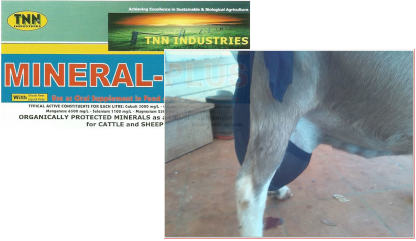 We have a heavily pregnant, 'organic' goat with only 1 month to kidding date. She is a 6-litre-a-day Toggenburg doe. We tried to do the right thing by the goat to give her a break from milking and to let her developing kids get the nutrition they need from their mother before being born. While we weren't successful in properly drying up our goat's milk, we were successful in inadvertently helping her come down with a severe case of mastitis. our poor goat! She became feverish and her udder also was very hot to touch and we felt hard lumps in her udder. Her milk had become very thick and we could not milk one of her teats out for more than 3 small squirts. Our poor doe was in pain when we gently massaged her udder to try to break up the lumps. As the doe was heavily pregnant, we were cautious about using antibiotics so we were motivated to avoid using them if at all possible. We consulted with our vet and got the antibiotics just in case the natural alternatives that we wanted to try, didn't work quickly enough to keep the doe comfortable. Firstly we prepared a cabbage leaf and potato poultice which we strapped onto her udder using a pair of pantyhose to take out the heat and to start breaking up the lumps. (see photo). This was a major engineering feat! After the poultice, we treated her teats with diluted antimicrobial essential oil infusions which were syringed into both teats (not using the sharp needle, but just the plastic syringe tip which did not cause her pain). We also gave her a drench, (similar to the Pat Coleby treatment) made up o: 1 x dessertspoon of of Vit C powder (sodium ascorbate) and the same amount of dolomite. We added 10 ml of TNN minerals for sheep and goats and 20 ml of apple cider vinegar and some molasses to make the drench more palatable. We gave this mixture orally, dissolved in 40cc of water. We rubbed diluted antimicrobial essential oils on the doe's udder and gave her about 15 drops of the same oil mixture in an oral drench too. The essential oils are 'hot' oils and had to be VERY diluted with olive oil before being applied to the doe's udder and drench so that she did not get burned. We also applied apple cider vinegar to the doe's udder, which a goat breeder told us was effective too. After one dose, there was a noticeable improvement. After the third dose it was very marked and we were able to milk the infected teat much more easily, getting about 12 squirts. This was very encouraging to see after only 24 hours on the alternative treatments. The essential oils we used were all from Young Living Essential Oils: oregano, peppermint, thyme and wintergreen. These oils contain anti-inflammatory properties and are antimicrobial. The goat is much happier and hopefully she will be totally over the mastitis in time to feed her kids. If not, we have the antibiotics on hand - just in case. Update Feb 2016 This doe went on to have 3 very healthy kids, two does and a buck. The buckling (Mr Snuggles) was weaned at 4 months of age and went to stud in Northern Territory with 70 does! His new owner informed us that almost all of his progeny looked like pure Toggies (as Mr Snuggles was pure Toggie, registered and pedigreed). In a subsequent pregnancy, the doe again came down with mastitis and was treated with antibiotics both by a series of injections which we administered in the neck for 6 days, according to the vet's directions and also suppositories into the teats. Sadly the mastitis lumps were recurring and the infection was not able to be removed. The doe is now being assessed by university vets for suitability for complete mastectomy. This doe is a very special pet and it is very expensive to have the operation completed and there is risk of the doe going into shock under the anaesthetic, which would be tragic. Check this page for updates. The doe has been retired as a breeder and milker and is only now a much loved pet. She is being assessed by university vets for suitability for a complete mastectomy. If successful, the goat would be able to run and move and be free of the recurring abscess infection in her udder that is not responsive to any antibiotics. Check this page for updates!
|
AuthorHorse Sense Australia Archives
July 2016
Categories |

|
|
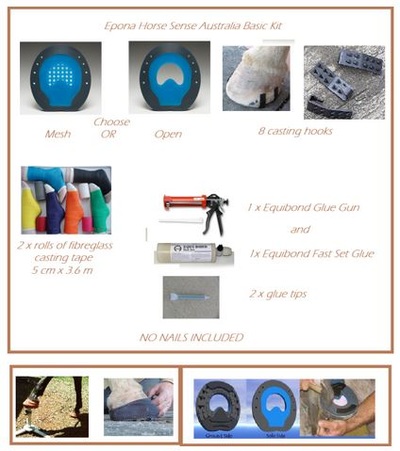
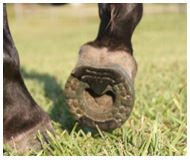
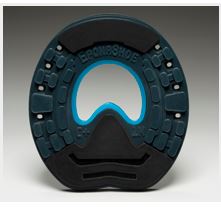

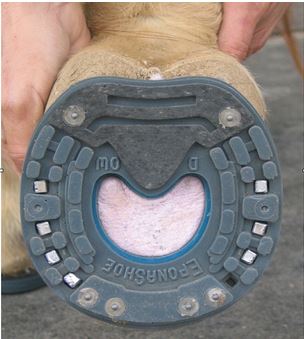
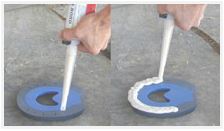
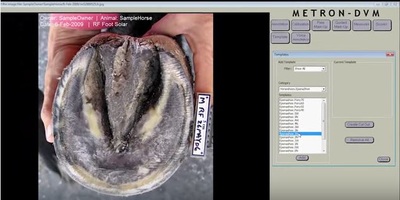
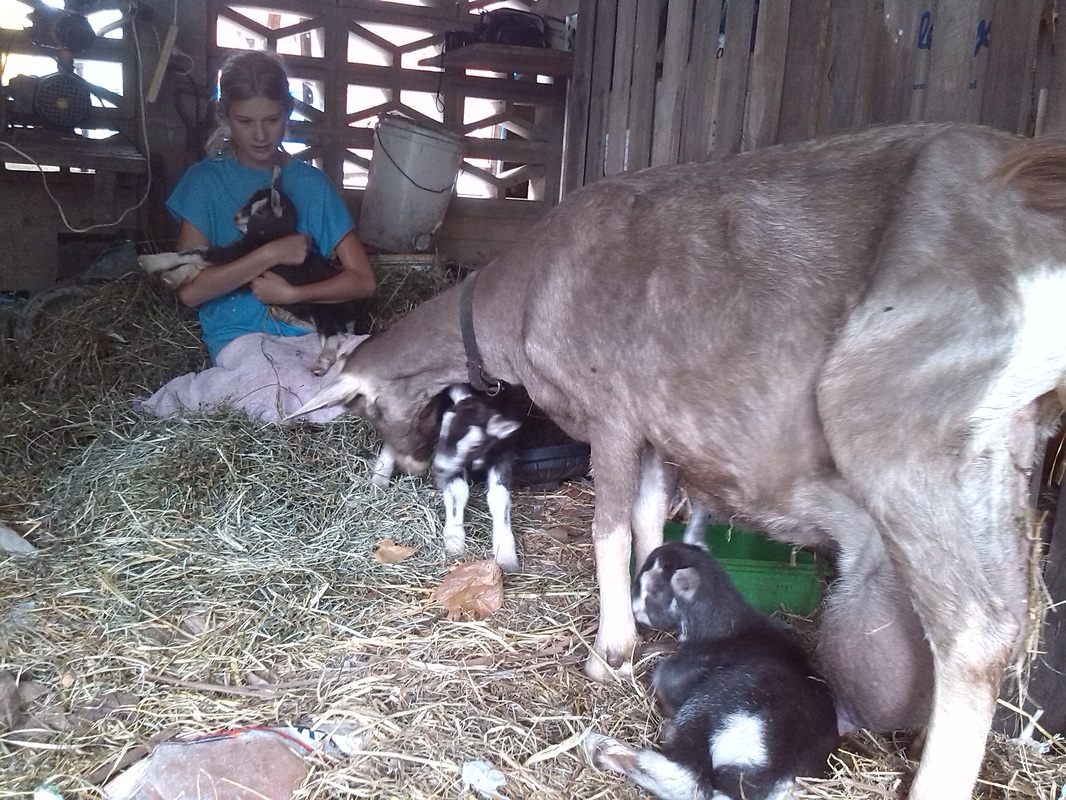

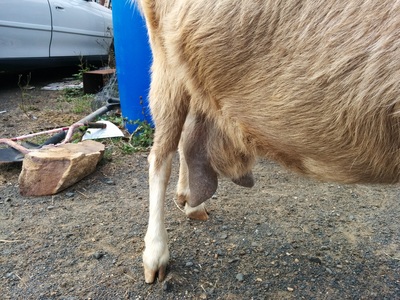
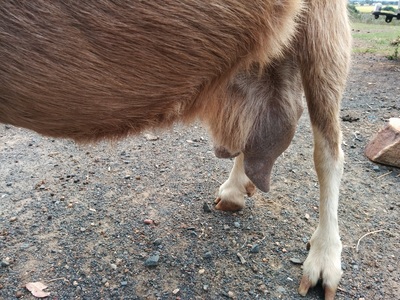
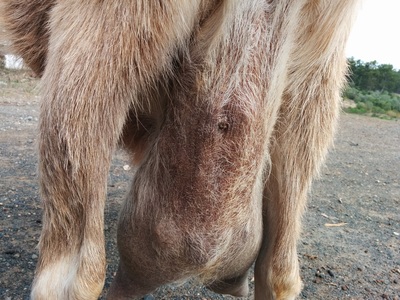
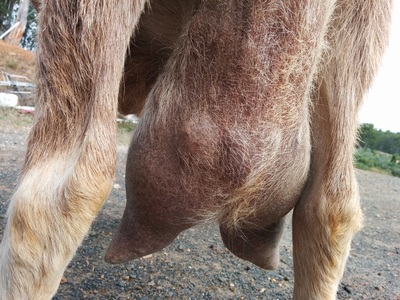
 RSS Feed
RSS Feed